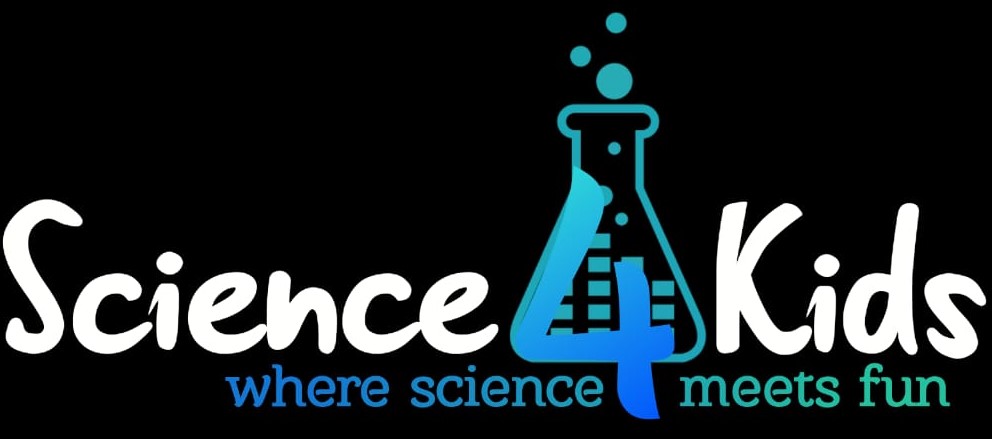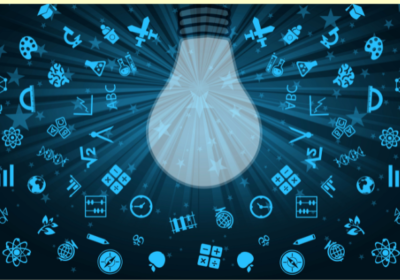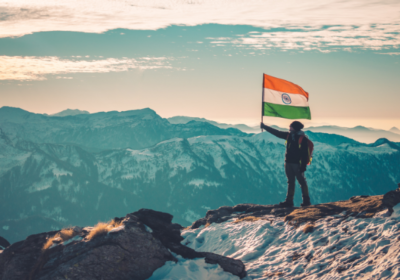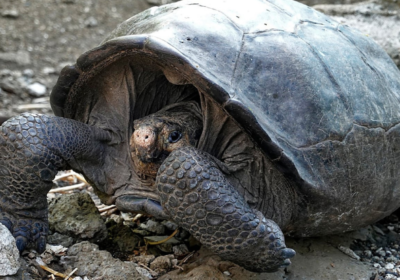Most of you have seen a rainbow during rainy seasons. The multi-colored arch that pops up in the sky looks spectacular! Did you know that you can create a mini-version of a rainbow at your own home? It won’t look as enormous or magical as the real rainbow. But it’s going to be your own creation, something that you can proudly show off to your friends. And this rainbow does not need rain either. So shall we proceed to check the requirements for our rainbow science experiment?
What we need
A small mirror
Tumbler or bowl (big enough to hold the mirror)
Torch or flashlight
White paper (plain white wall will also work)
Procedure
- Fill half of the bowl with water. There should be enough water to dip the mirror in it.
- Place the mirror in the bowl at a 45 degree angle. Half of the mirror should be under water, and the other half should be over it.
- Point the lighted torch or flashlight towards the mirror.
- Now you need to hold a white paper against the mirror so that the reflection of the light falls on it. You may need to adjust the mirror or light for a while before you get the rainbow colors on the white sheet.
What we learn
If you do this rainbow science experiment correctly, you will find at least a few of the rainbow colours on the white sheet or white wall. Let us understand how this happens. What causes a rainbow to appear in the sky? When sunlight hits the water droplets that remain suspended in the air, it causes refraction. In simple terms, refraction is the change in the direction of a light ray that passes from one medium to another. Sunlight or white light is composed of seven different colors of different wavelengths. When the light ray enters the water droplet, it deflects or bends. This rate of deflection is different for different colors. As a result, the light ray that goes out as one into the water droplet comes out of it as distinct colors. The cloudier the air is, clearer the rainbow will be.
Now let us apply the same principle here. When we point the white light towards the mirror submerged in water, it reflects the light. As the light passes from the medium of water to the medium of air, deflection occurs, and this gives us the distinct rainbow colors. Sometimes the rainbow may not be very clearly visible. If so, you can try another easier method to get a clearer rainbow on the white wall or white paper.
Rainbow Science Experiment with a CD
If you are unable to get a rainbow using a mirror despite your best efforts, go and fetch an old CD! Using a CD or Compact Disc is the surest way to catch a rainbow on the wall or paper. Pick a CD, point light towards its shiny side, and there you get a rainbow on the wall beside it. The process is as easy as that. Let us see how this works. The Compact Disk has a shiny mirror-like surface, but at the same time, there are several tiny ridges or folds on its surface. When white light falls on the Compact Disk, it splits up into different colours. This process is exactly as we had seen in the rainbow with the mirror. The split up light waves hit the ridges of the CD in different ways and get reflected back into the air. If we hold a paper against this reflection, we get the rainbow.
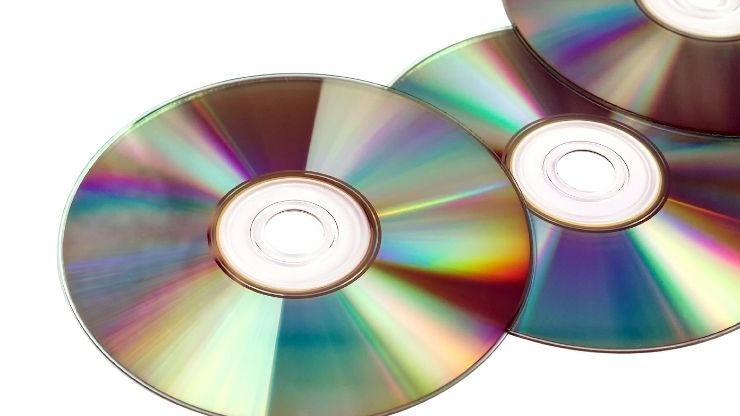
We can also see rainbow colors by simply gazing at the surface of the CD, but they will be in a scattered manner. As we tilt the CD in different directions, the colors keep changing. This is due to a process called interference. Since the light waves hitting the CD reflect randomly, they interfere with each other in a process that we call interference. Interference can be either constructive or destructive. Constructive interference happens when the two waves complement each other and make a wave with higher energy than both the individual waves. Similarly destructive interference happens when the combining waves nullify each other. Waves of some colors may interfere constructively, while some others may interfere destructively. As a result we do see a spectrum of colors, but as opposed to a rainbow, all colors may not be equally bright.
Reversing Arrow Experiment will help you learn more about refraction.
